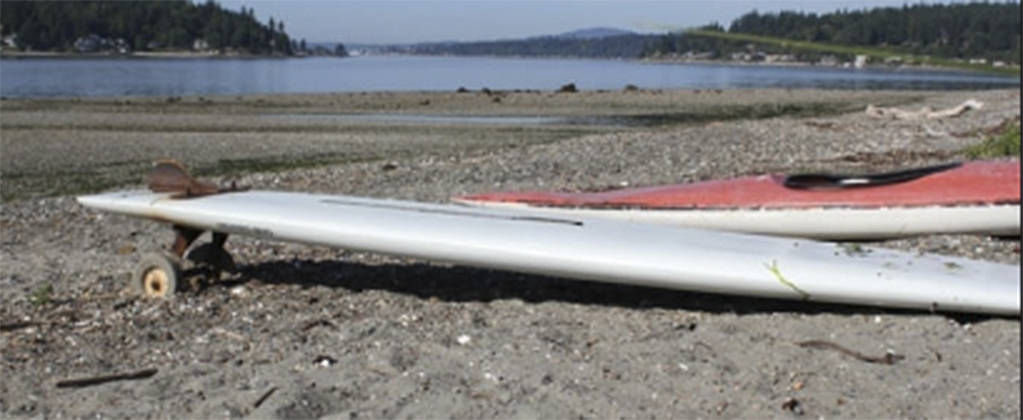The Lytle neighborhood is up in arms about an attempt to build a home near wetlands southeast of Lynwood Center on Bainbridge Island.
The issue will go before the hearing examiner Aug. 12.
About 60 public comments have been received by the city about the proposal.
Comments include:
Linda Treffinger: “We find it disheartening that the city would even consider waiving its own guidelines in preserving wetlands and ensuring water quality.”
Janelle Perreira: “I have lived in this neighborhood for 27 years… Another ‘Death by a 1000 cuts,’ project at the expense of the broader community.”
Matthew Malouf: “This sort of damage to the local environment, plot by plot, destroys the natural environment that makes Bainbridge a beautiful and ecologically healthy place to live.”
Linda Shadwell: “Please do your job and follow the Comprehensive Plan and city ordinances by denying building on wetlands and other vulnerable land…Please stop throwing our environmental safeguards down the drain.”
Erika Shriner: “When reviewing this application, the word ‘assault’ kept coming into my mind. This project is an assault on a wetland, an assault on neighbors and an assault on the Sound.”
Cheryl Laughbon: “I am asking the City of Bainbridge Island to deny this building permit and ensure the proper management of this fragile land so that it may be the treasure it once was, and a safe haven for wildlife.”
At least one letter writer, David Berg, stuck up for Tom White’s proposal.
He called White a “generous” neighbor who has hosted neighborhood-wide gatherings. “He is not some far-off and cold-hearted developer,” Berg says.
He also said anyone who put up posters on utility poles in the neighborhood casting White as an anti-environmental developer is “nothing but a bully.”
Berg says he has an advanced degree in Natural Resource Management. He said the development would not destroy virgin wetlands and that White has made “incredible improvements to the property.”
He added there is a nearby multimillion dollar beachfront project on historic tidal marshes, and no one complains about that. “That stinks of inequity,” Berg says.
Chris Laughbon’s letter explains that a house has already has been built on the north end of the wetlands on fill dirt. This new permit is for a house on the south end.
The house would be cantilevered from the first floor, making it a larger house than the footprint. Since wetland mitigation setbacks are based on the footprint that is a way to get a larger house while getting around environmental regulations.
There is not a septic drain field available on the .22-acre plot, which will require a trench and pipeline to be dug 300 feet to the property to the north. It would go through a No Disturb Zone that was required to mitigate the damage to the wetland the first house did. A seasonal creek is within that zone.
House plans indicate there are two full bathrooms for each bedroom upstairs plus an additional full bathroom downstairs next to a “study,” but only a two-bedroom septic is planned.
Along with the wetlands, neighbors are concerned about wildlife and flooding potential to neighbors downstream, which has already been a problem due to previous construction.
Cheryl Laughbon’s letters says deer and coyote come to the area because development is encroaching on their habitat. And while not filling the wetland, the house and deck will be directly over the vernal pool, disturbing wildlife who need it, Chris Laughbon’s letter adds.



